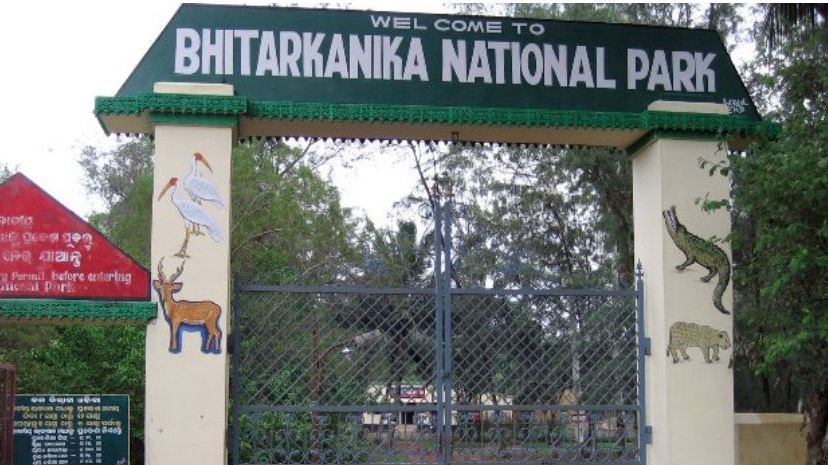Kendrapara: As many as 122 nesting sites of estuarine crocodiles were spotted by enumerators at the marshy wetland sites of Bhitarkanika National Park in Odisha’s Kendrapara district, officials said Tuesday.
The tidal surge during Cyclone Yaas had led to the croc nests being washed away last year. The sight of nesting sites has reestablished Bhitarkanika as the largest habitat of these animals in Odisha, an official said.
As against 84 nests spotted last year, the number increased substantially this year to 122, Rajnagar Mangrove (Wildlife) divisional forest officer J D Pati said.
The Kanika wildlife forest range logged the maximum sighting of 110 nests as compared to 70 last year, Pati said.
Female crocodiles lay around 50-60 eggs and the hatchlings usually emerge from the nests after 70-80 days of incubation period.
The Bhitarkanika National Park is said to house 70 per cent of India’s estuarine or saltwater crocodiles, conservation of which was started way back in 1975.
The saltwater crocodile population in Bhitarkanika has increased manifold from 96 in 1975 to 1,784 so far.
The Bhitarkanika, a Ramsar international wetland site, is one of the richest storehouses of mangrove genes.
Researchers have come across 11 of the 70 mangrove species, which were facing threat of extinction in the world, in the national park.
Adequate conservation measures by the forest department have led to a systematic rise in the number of these reptiles over the years, according to officials.
Every year, the sanctuary remains shut for three months from May 1-July 31 to ensure disturbance-free nesting of crocodiles.
Odisha is the only state in the country where three species of crocodiles — saltwater, gharial and mugger — are found inhabiting the river systems.
PTI
